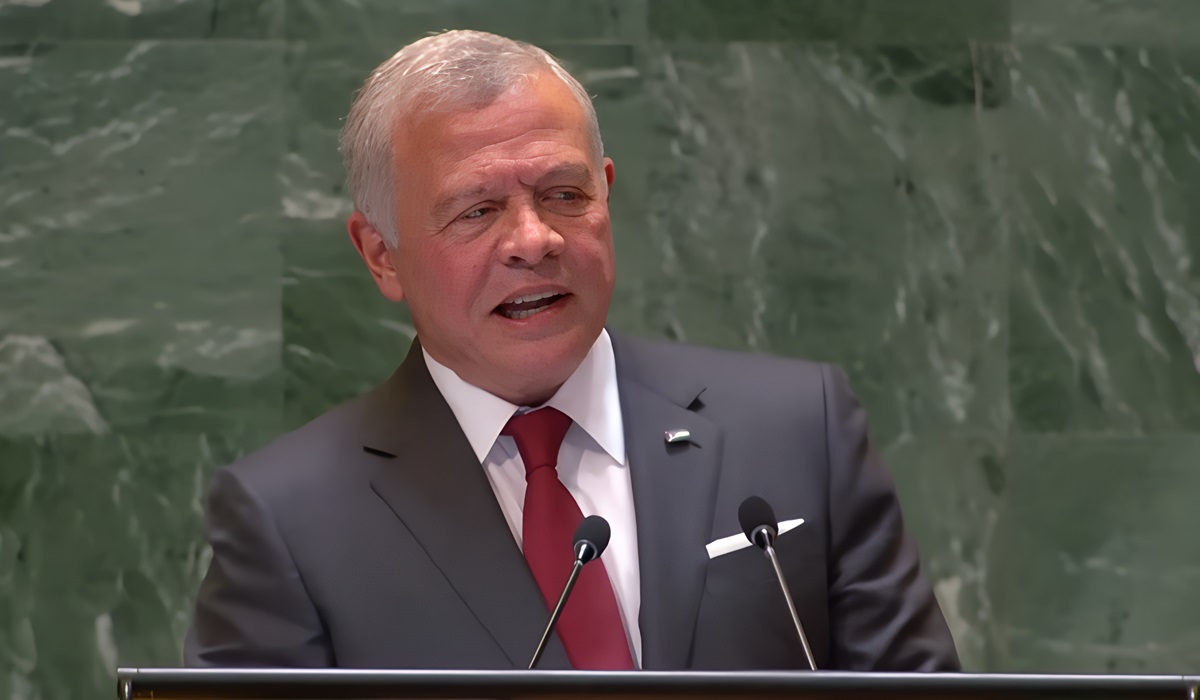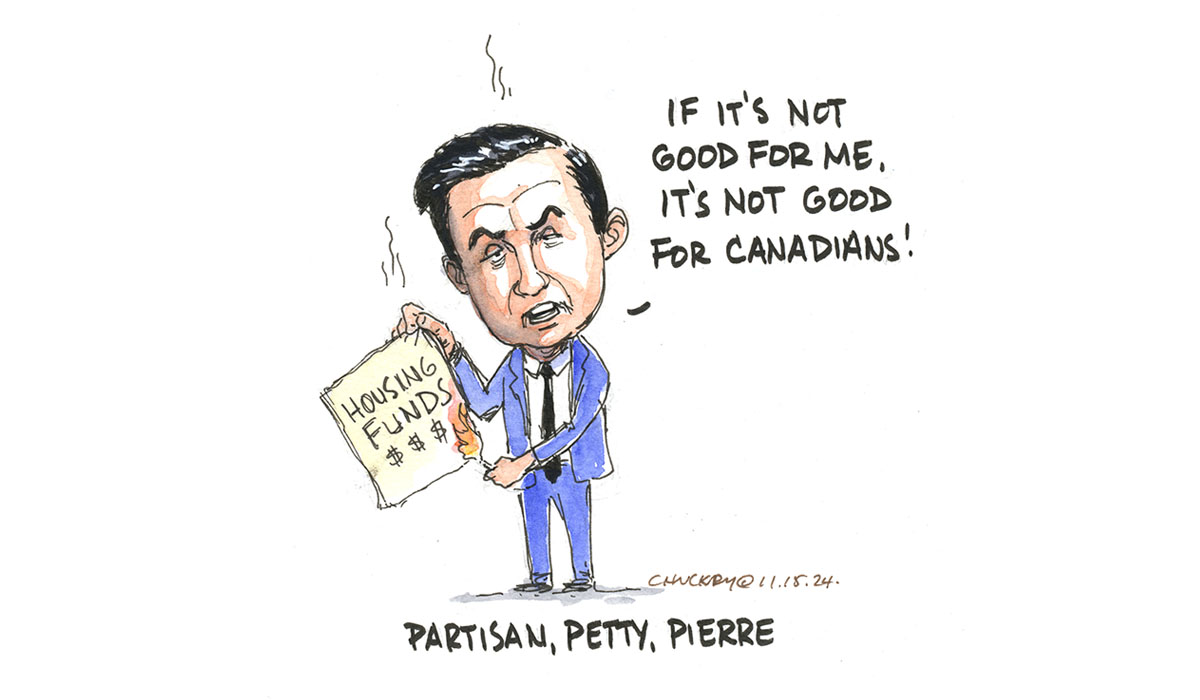Image Credit, JamesQube
Central banks wield an unconventional but powerful tool to stimulate economies: quantitative easing (QE). Despite its critical role in shaping economic landscapes, it remains shrouded in mystery for most.
Through QE, central banks purchase long-term securities like government bonds, injecting money into the system. This aims to lower interest rates and encourage borrowing and investment. The mechanism is simple yet impactful: by increasing the money supply, borrowing becomes cheaper, spurring spending and investment. This, in turn, helps raise inflation to target levels.
The importance of QE cannot be overstated, especially during economic downturns or deflation. During the 2008 financial crisis and the COVID-19 pandemic, central banks worldwide deployed QE to stabilize the financial system and support recoveries. Its significance, however, is often overlooked. Understanding its impact is crucial due to its wide-ranging effects on the economy and individual financial well-being.
QE directly influences inflation and interest rates, impacting savings, loans, and mortgages. It can also drive up asset prices like stocks and real estate by increasing liquidity. Additionally, it can weaken a country’s currency, affecting imports, exports, and foreign investments. On a broader scale, effective QE can stimulate economic growth, leading to job creation and higher wages.
The global impact of QE is profound. QE in major economies can lead to capital flowing into emerging markets, potentially destabilizing them. A weaker currency can make exports cheaper and imports more expensive, influencing global trade balances. Furthermore, QE policies can contribute to worldwide inflationary pressures, affecting global commodity prices.
The Federal Reserve’s QE programs, for instance, have significantly impacted both the U.S. economy and global markets. These programs lowered interest rates and increased liquidity, aiding the U.S. recovery from financial crises. However, they have also sparked concerns about potential asset bubbles and long-term inflation.
Quantitative easing is a potent weapon in the central bank’s arsenal, playing a crucial role in stabilizing economies during crises and promoting growth during downturns. While it may appear complex, its effects on inflation, interest rates, asset prices, and global economic stability make it essential knowledge for everyone. Understanding QE helps us decipher the actions of central banks and gain valuable insights into the broader economic landscape, underscoring why it deserves more public discussion.









